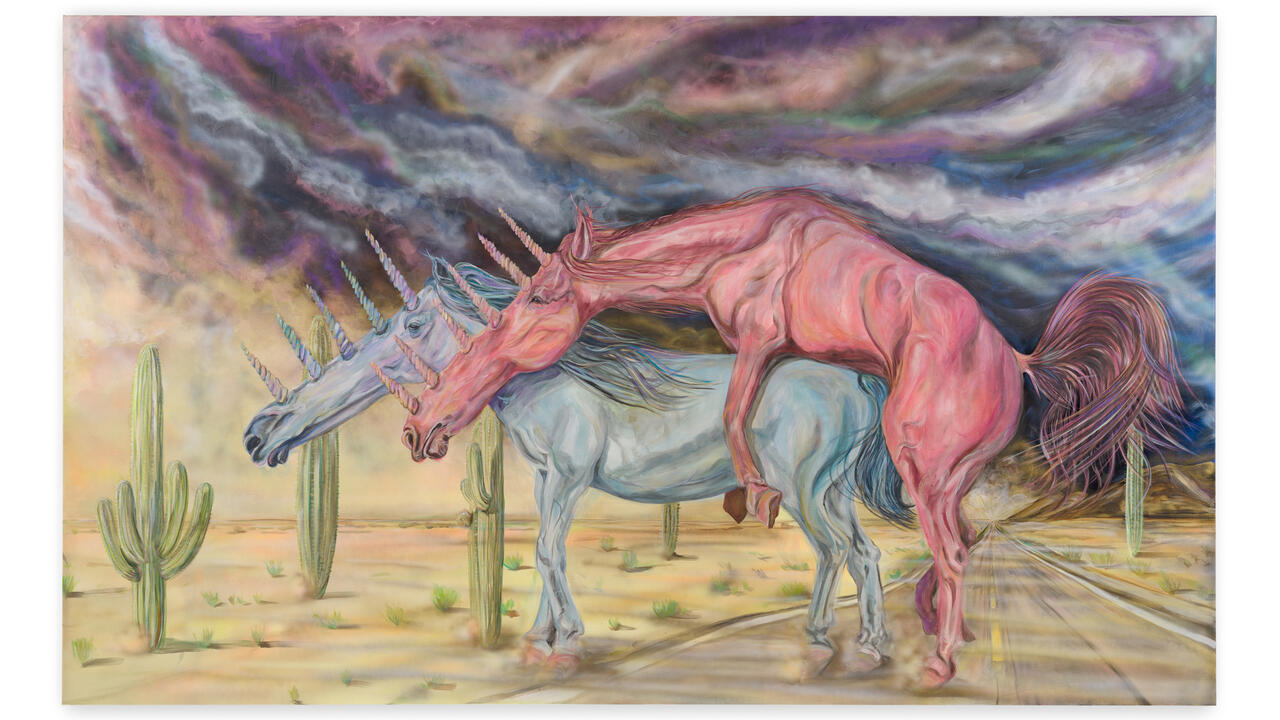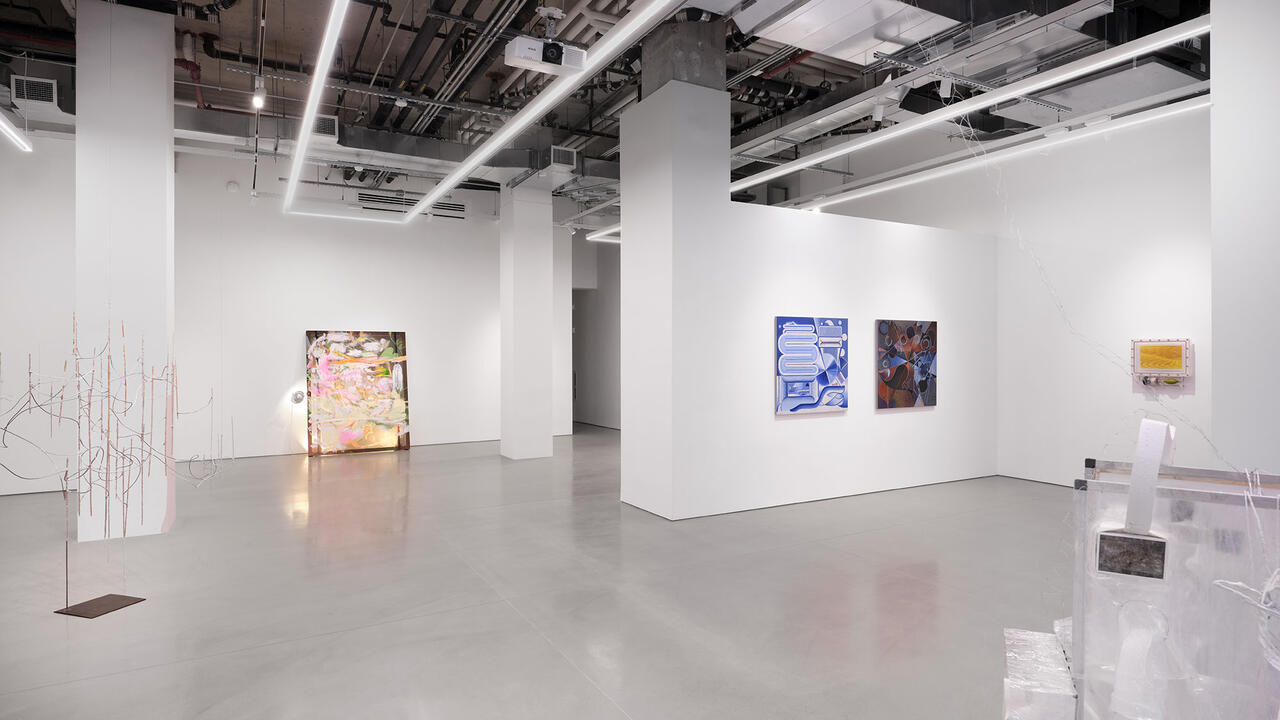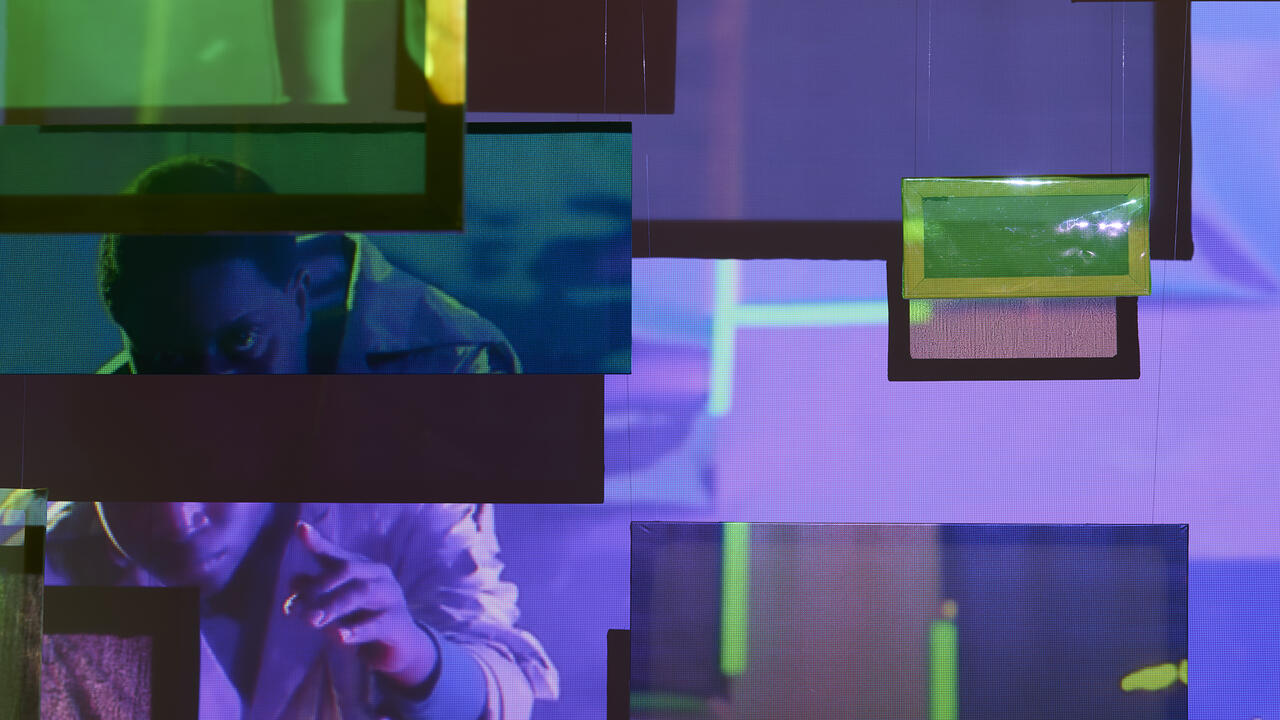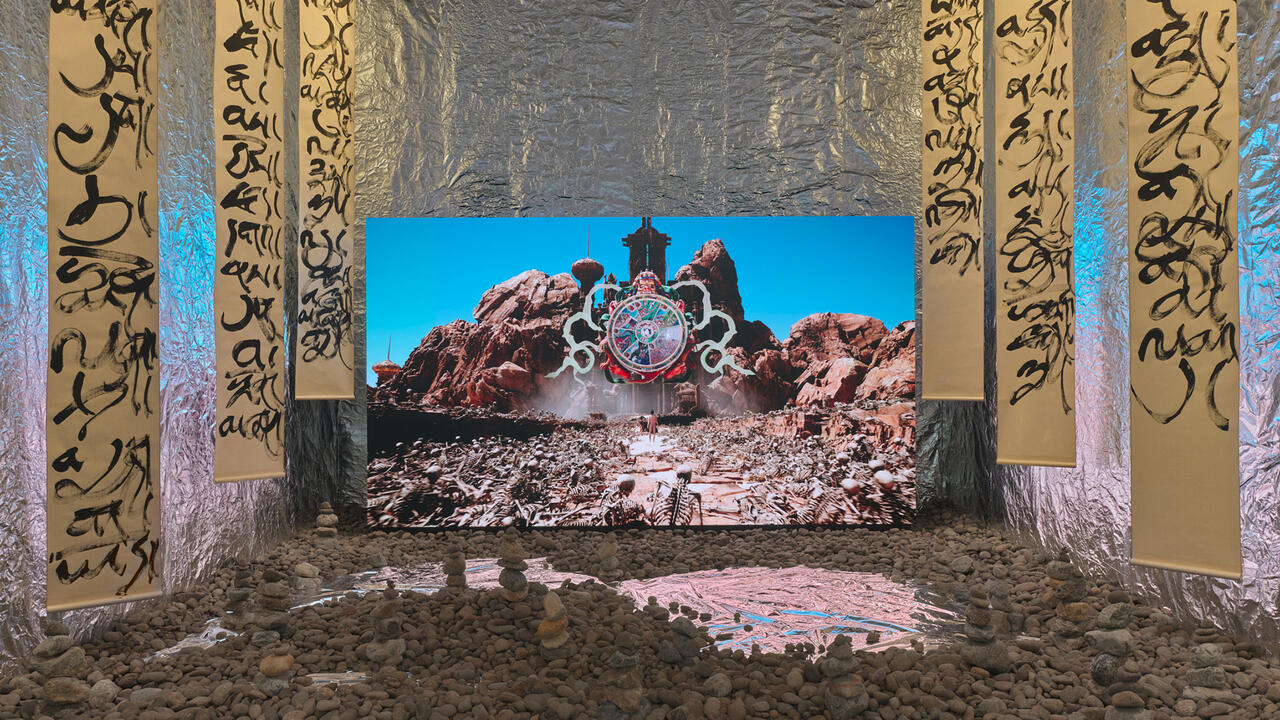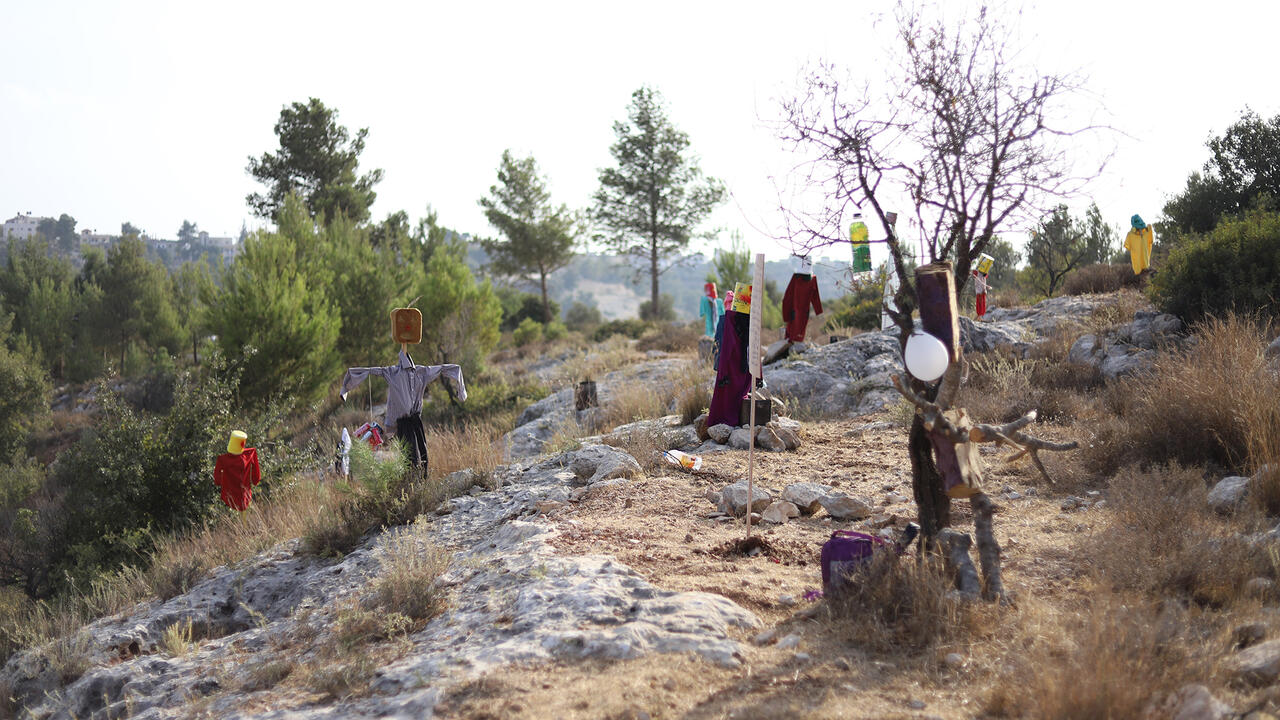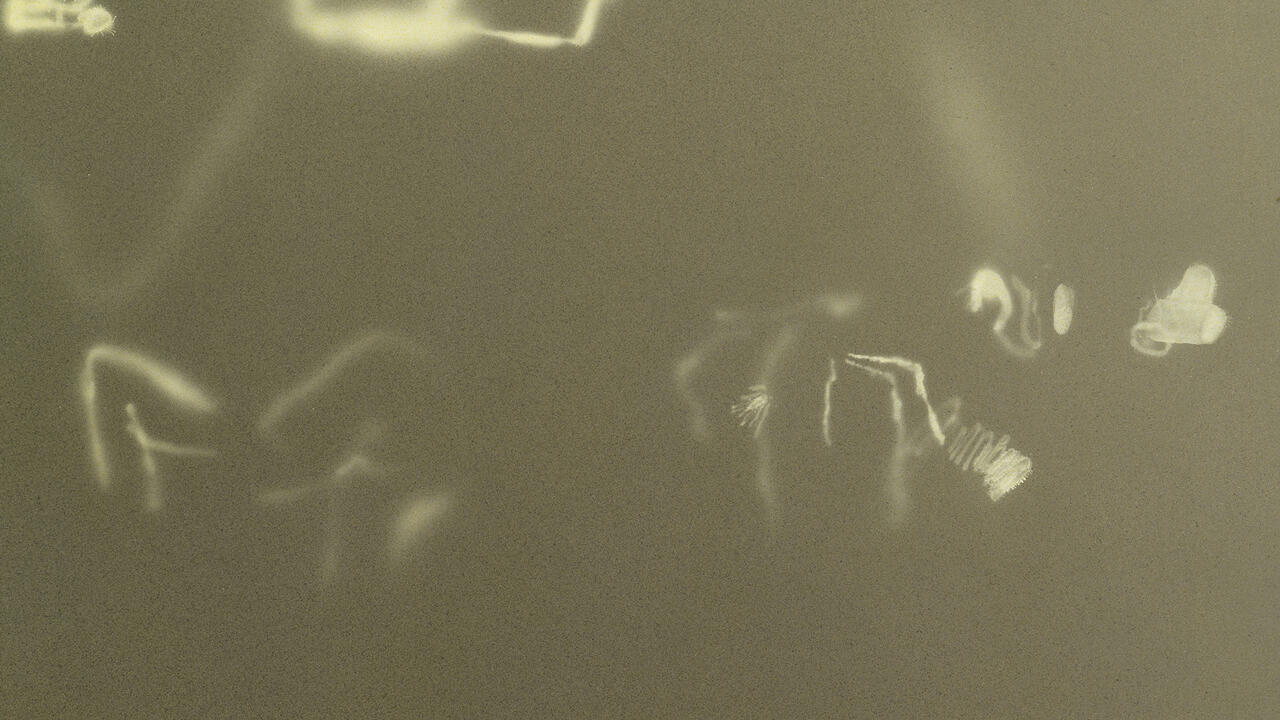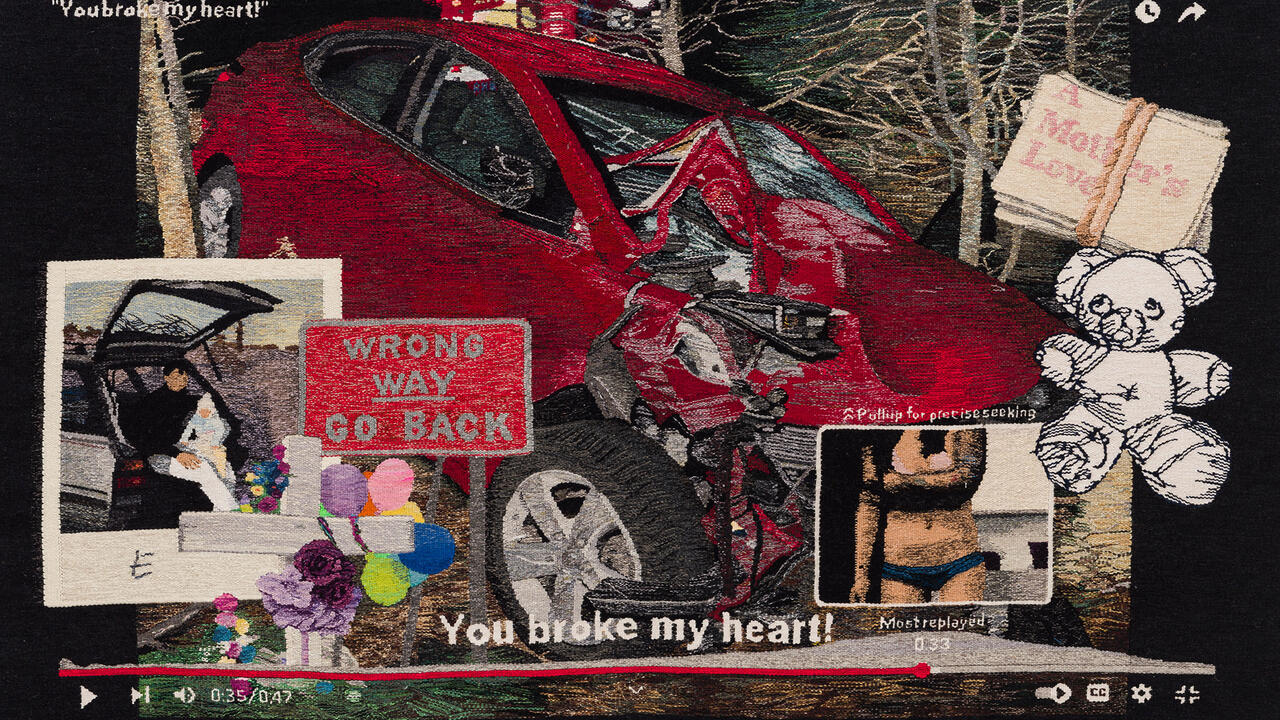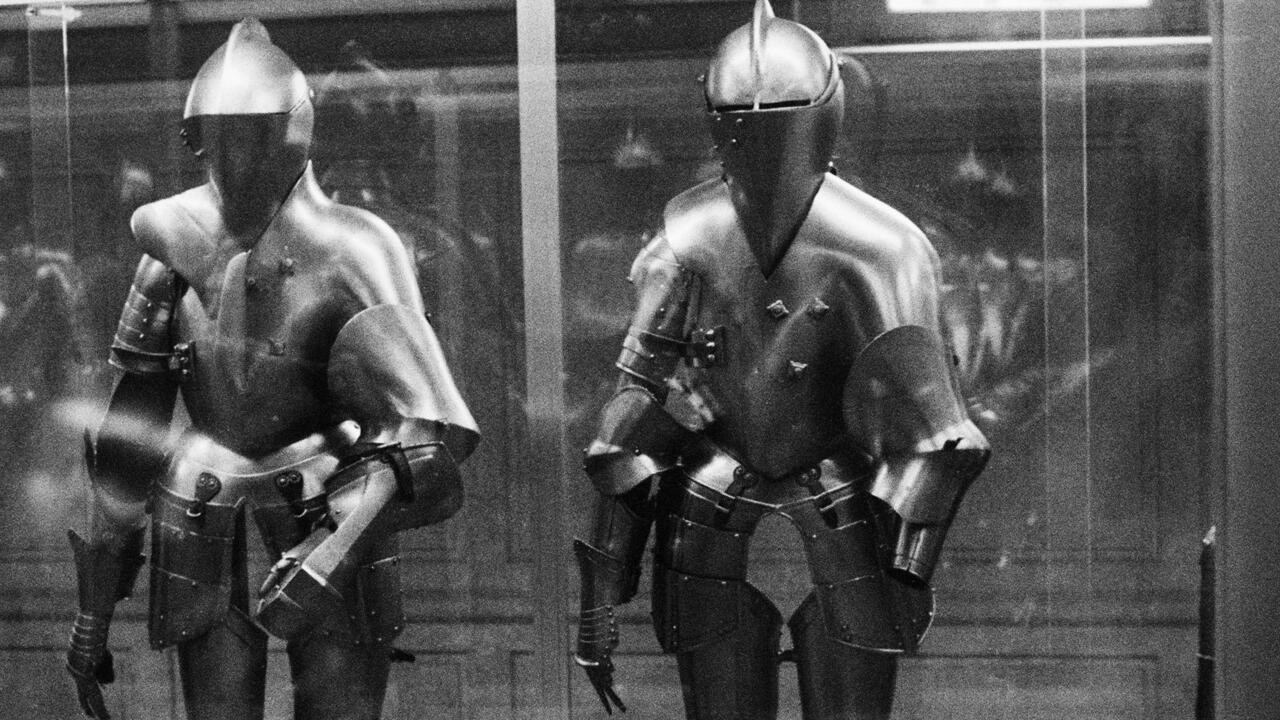The Judson Dance Theater Comes Alive at MoMA
The ecstatic silliness of breaking the rules is evidenced in this show about the dancers, composers and artists who reshaped American art
The ecstatic silliness of breaking the rules is evidenced in this show about the dancers, composers and artists who reshaped American art

Fiddling with his ear, dancer David Thomson recites Vladimir Nabokov’s 1952 lecture at Cornell University on the transformation from caterpillar to butterfly. He peeks down the neck of his shirt, then traces his hand along the length of his arm before giving his imaginary hair a toss. (He’s bald.) Another dancer, Keith Sabado, executes the same gestures seconds later. The dancers are never synchronized, and their movement is light and clear, lacking affectation or overt theatricality. The duet ends, and they exittify the stage.
This performance is a restaging of Yvonne Rainer’s Transformation (1963), a duet from her series ‘Talking Solos’. The piece debuted in the midst of a fecund period in the ‘downtown’ dance scene, which is now the subject of Judson Dance Theater: The Work Is Never Done at the Museum of Modern Art in New York. Organized by curators Ana Janevski and Thomas J. Lax with Martha Joseph, the exhibition focuses on three years – 1962 to 1964 – when a group of artists and performers put on a series of 16 free concerts at Judson Memorial Church in Greenwich Village that challenged ideas about dance and performativity. Can dance be someone combing their hair? Or moving a set piece? Solving a problem? The answer was yes.

Though it is tempting to say the Judson years inaugurated a new era of dance, The Work makes clear that many of the artists involved, such as Judith Dunn, James Waring, Cecil Taylor, Simone Forti, had vibrant artistic lives before and after these performances and were not working in isolation. The ‘movement’ – or loose association, rather – depended on other thinkers and activists of the time, and the artists are shown as both a product of their surroundings and the instigators of change. Contextualizing photos of happenings at the Reuben Gallery, Village Voice articles about combating traffic in Washington Square Park and a Floating Bear newsletter addressing editor LeRoi Jones’s arrest for publishing obscene art are all displayed alongside dance props and live performances. While much of the show is made up of archival material, dance is always at its centre. Dancers perform works by Rainer, Deborah Hay, David Gordon, Lucinda Childs, Steve Paxton and Trisha Brown – some for the first time in decades.

Objects ranging from the ominous (a thick rope hanging from the ceiling) to the playful (a seesaw) are arranged in DOWNTOWN – the room which locates the movement geographically and culturally – and are activated occasionally during the week for performances of Simone Forti’s work. In SANCTUARY, the exhibit’s final room, mementos line the walls, grouped together to illustrate key concepts. Two large freestanding video screens show short films and excerpts from performances. Pictures of David Gordon’s Mannequin Dance (1962) are displayed next to text that reads: ‘Gordon claims to have conceived Mannequin Dance while in a bathtub waiting for A-200 to take effect on a bad case of crabs.’ When something goes wrong at the ballet an illusion is shattered, but in these works it was embraced.
It all feels a little safe, even clean in the museum’s walls – somewhat at odds with the brief, gritty, fleshy era the show covers. Though the ecstatic silliness that comes with breaking the rules is evidenced throughout, the grittiness of the work can only be inferred from photographs and written records. This is to be expected. After all, ‘The Work Is Never Done’ is a celebration.
‘Judson Dance Theater: The Work Is Never Done’ runs at the Museum of Modern Art, New York until 3 February.
Main image: Deborah Hay, ten, 1968, perfomance, Judson Dance Theater, MoMA, New York. Courtesy: MoMA, New York; photograph: Paula Court










